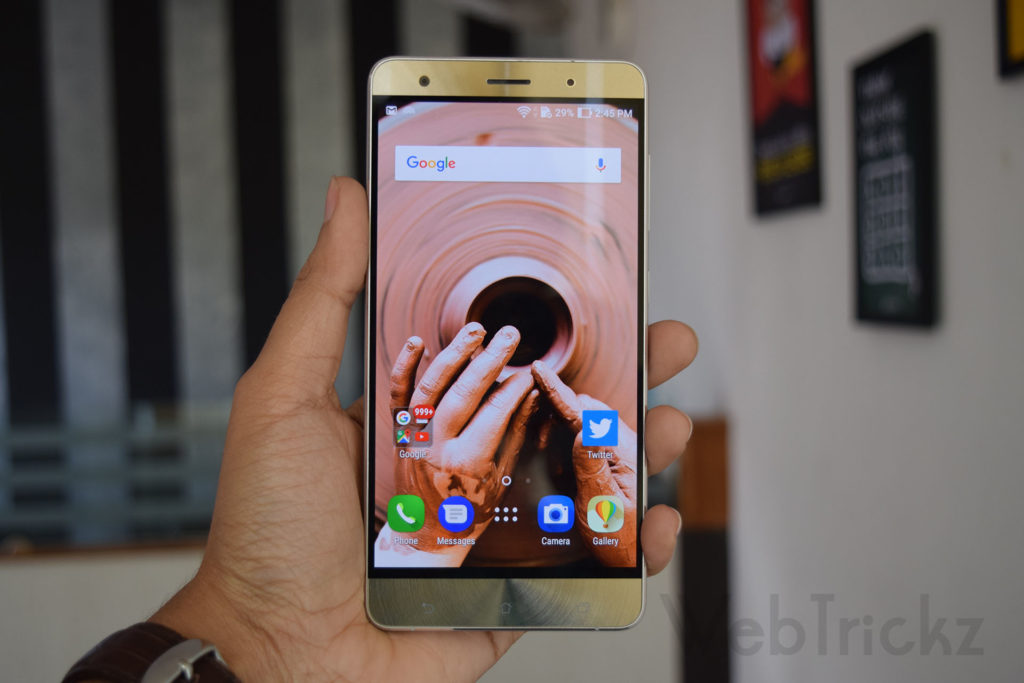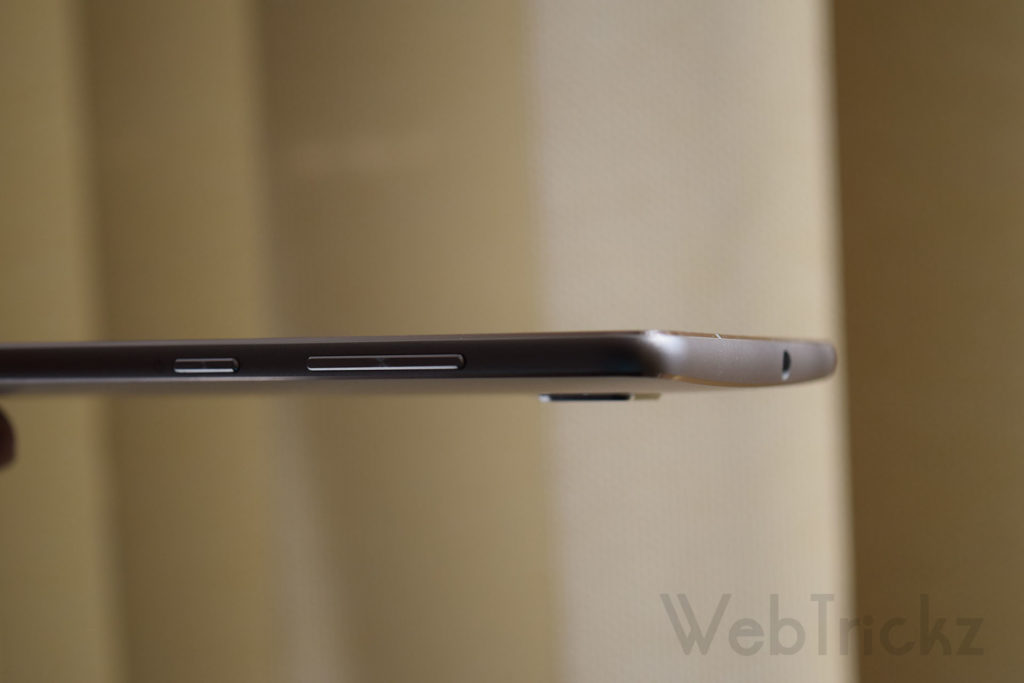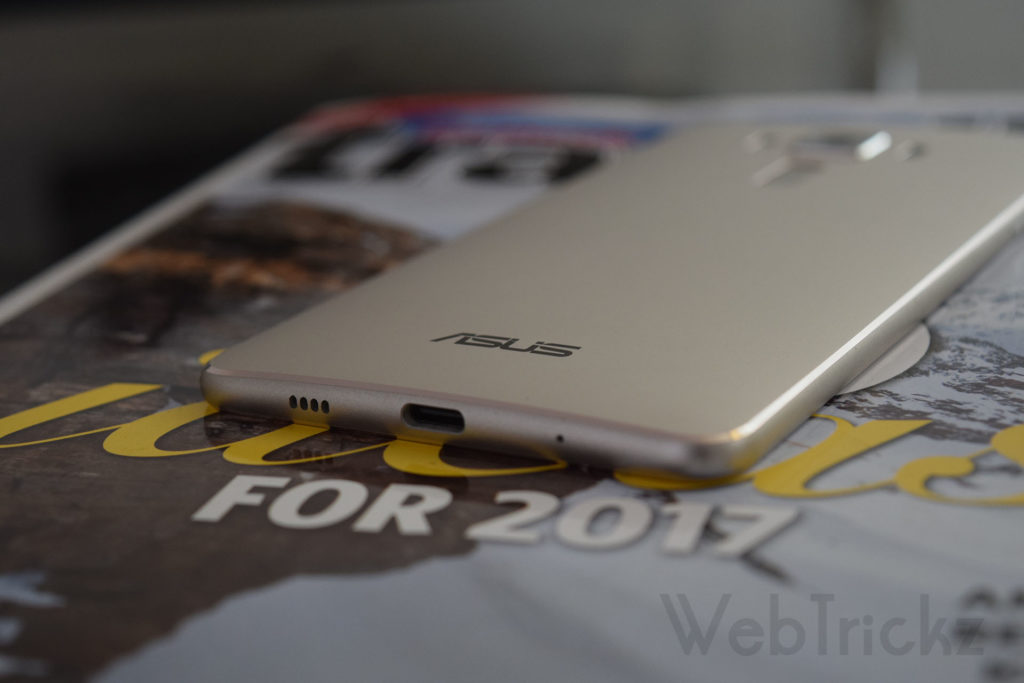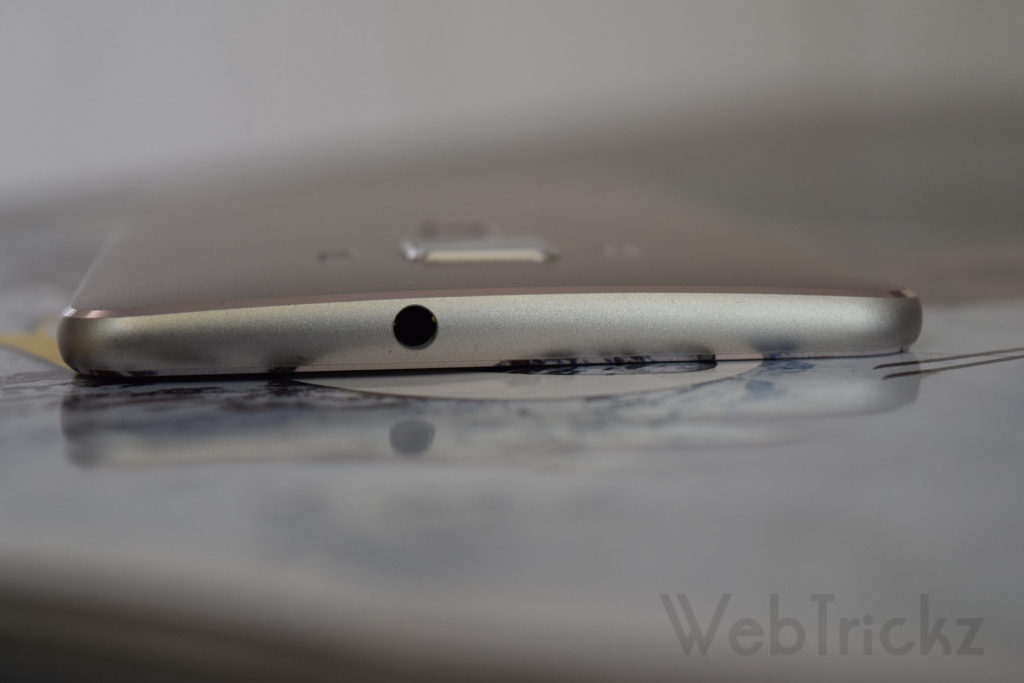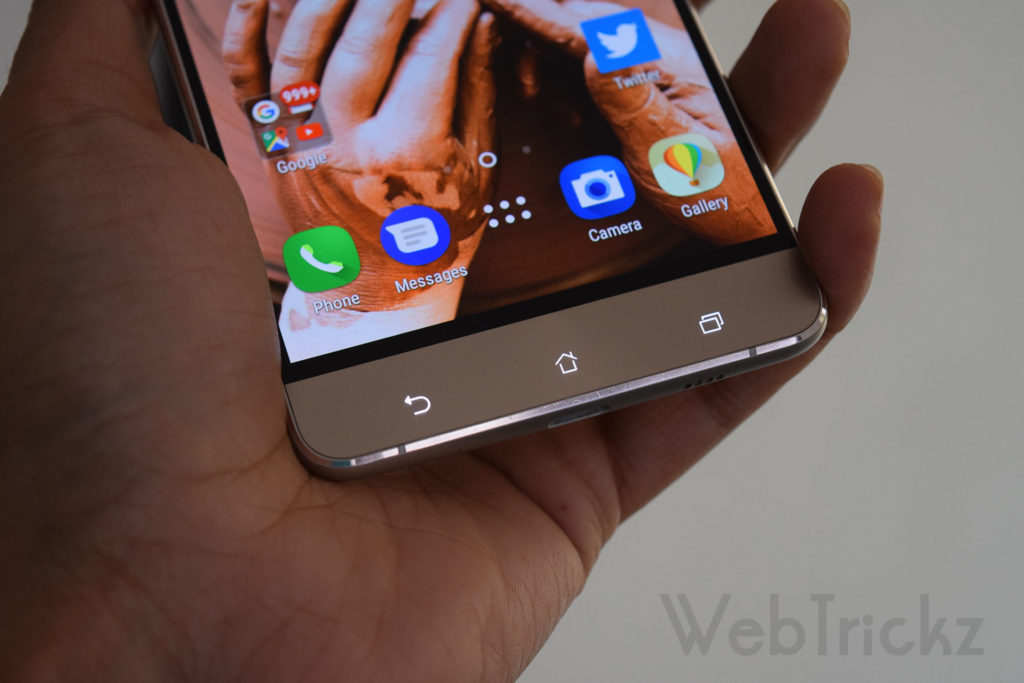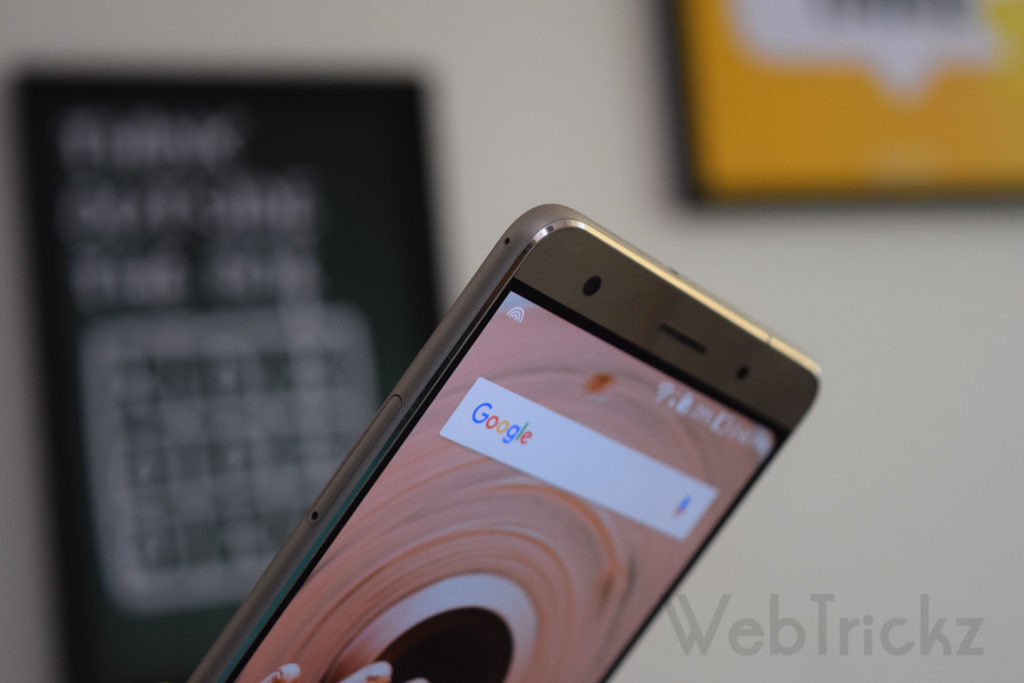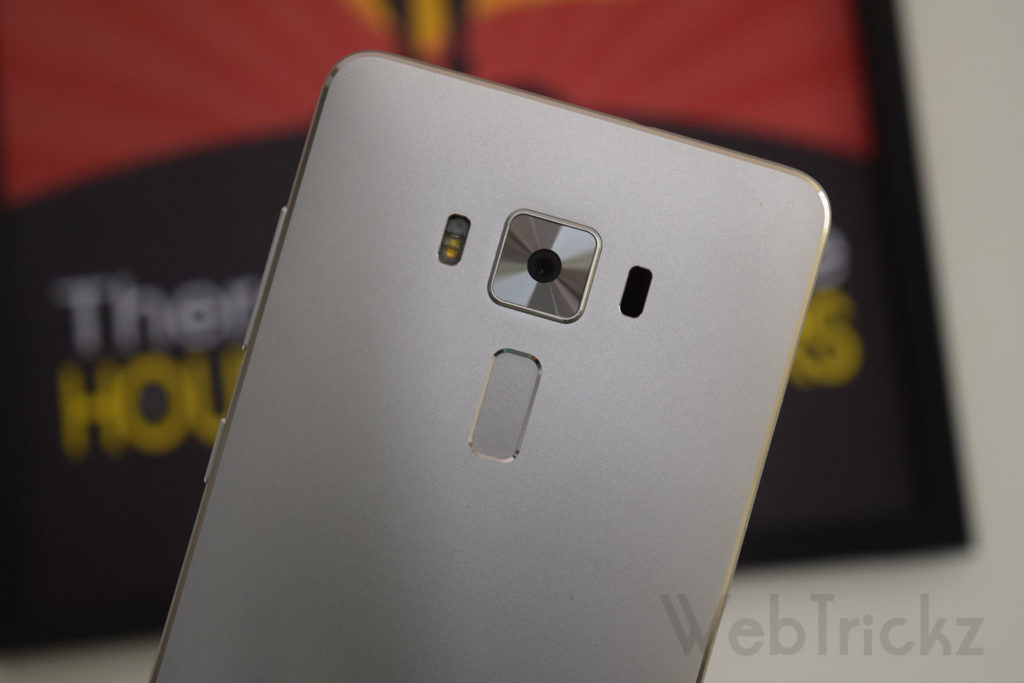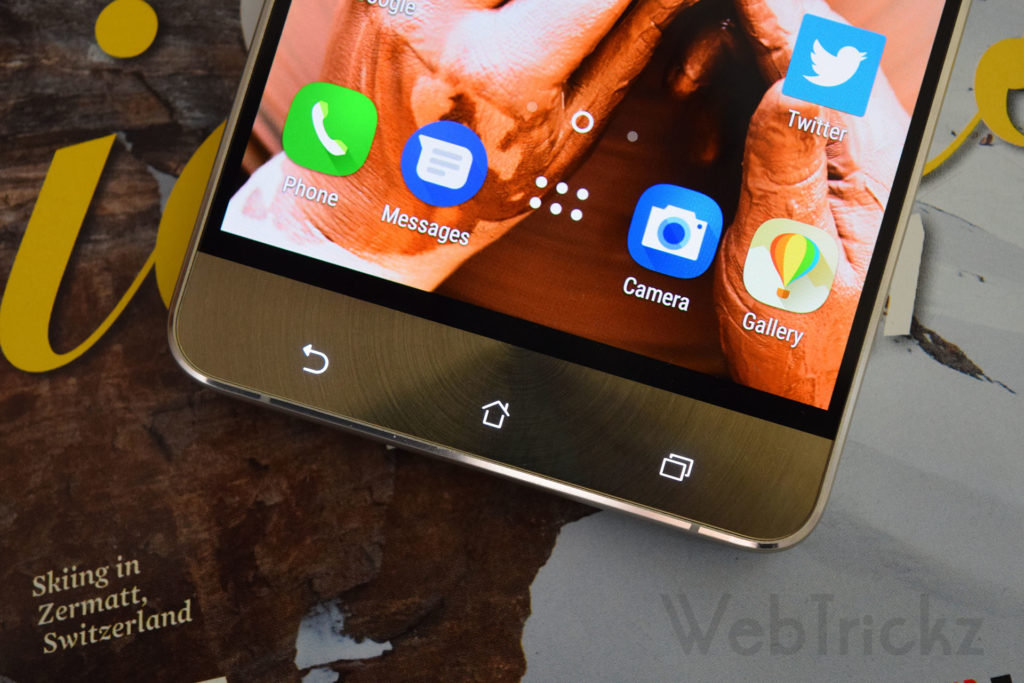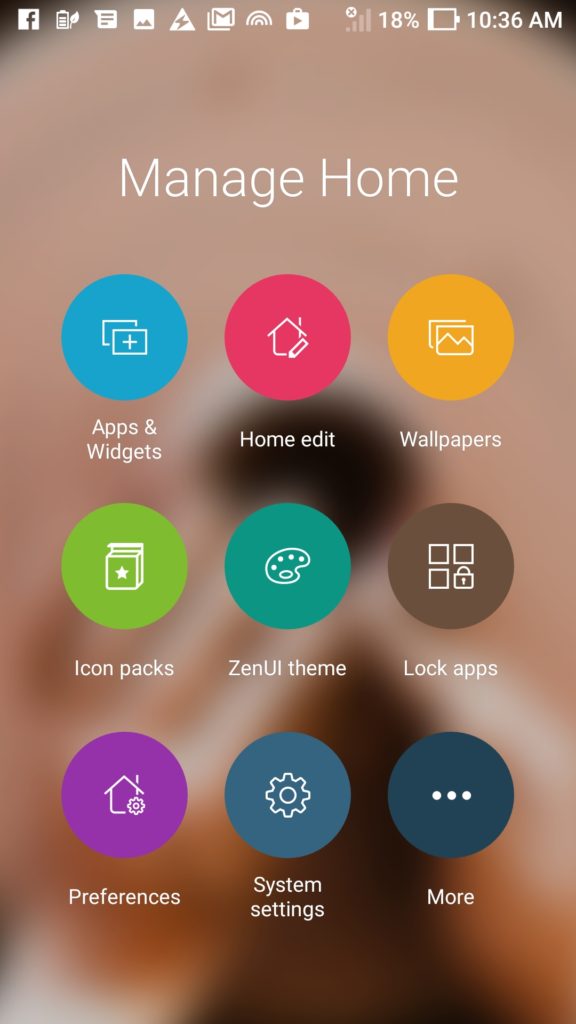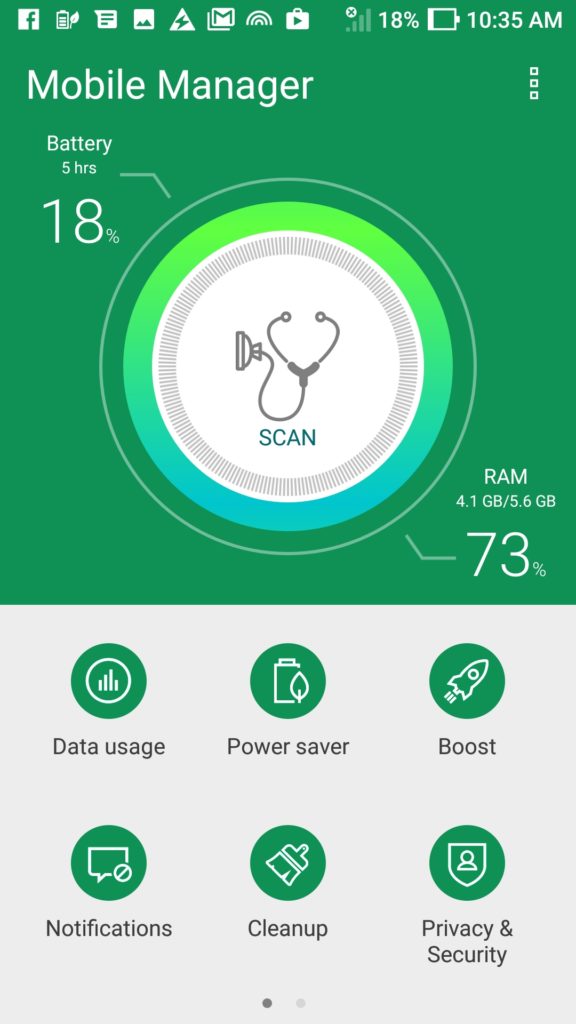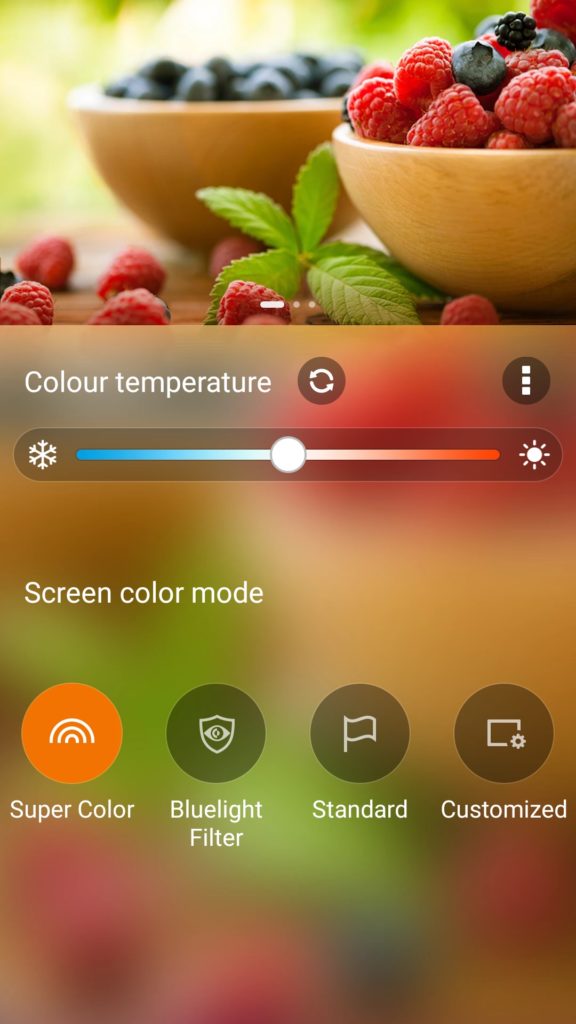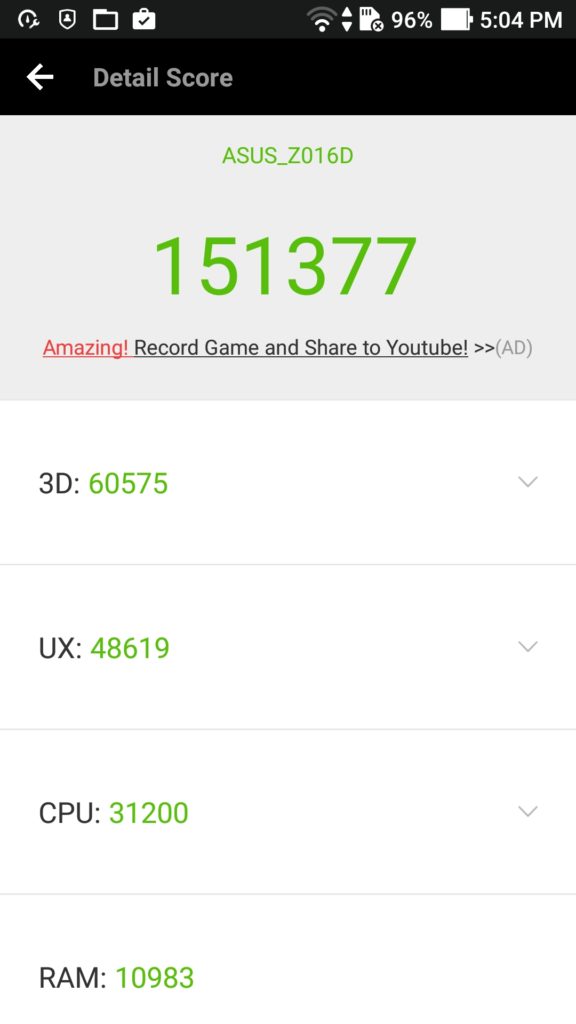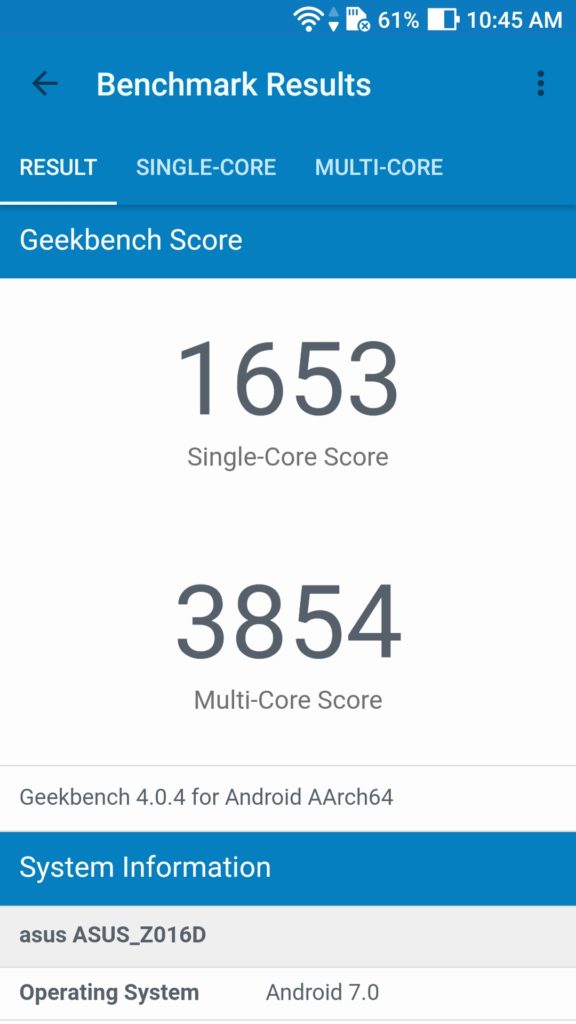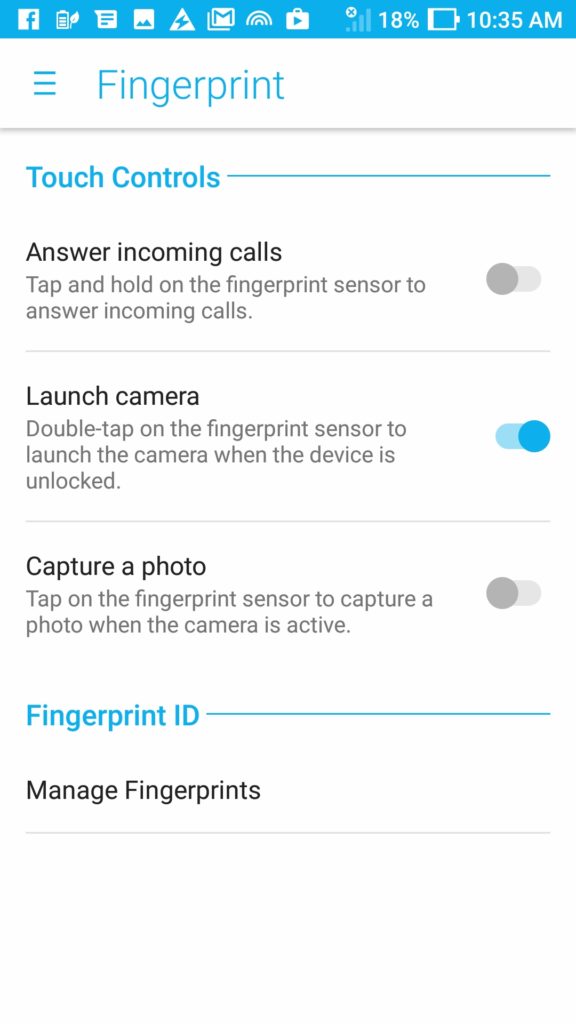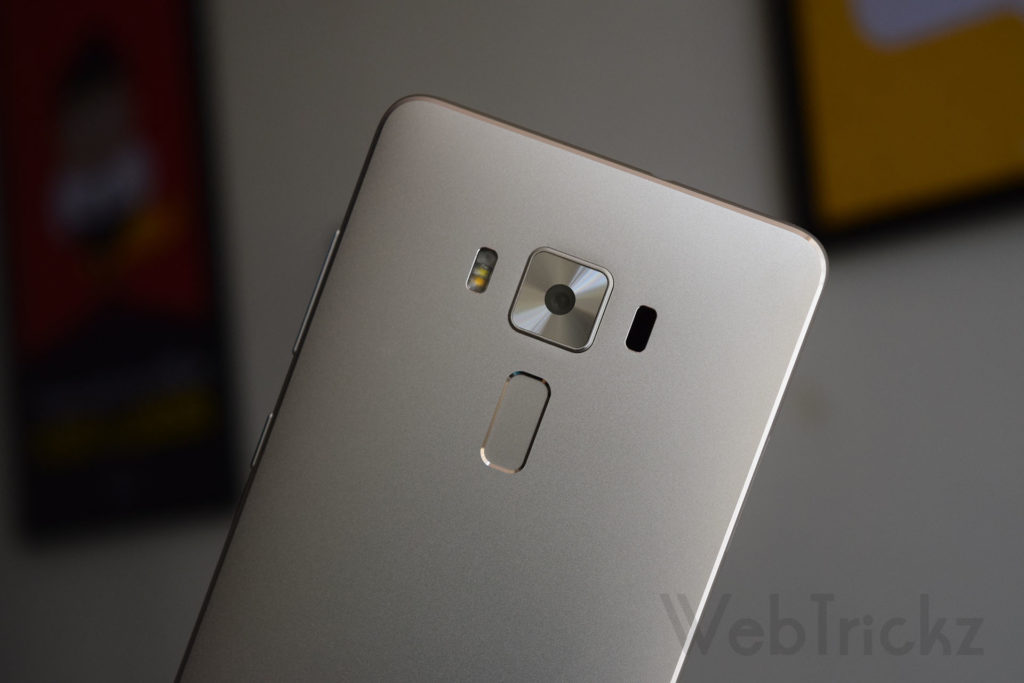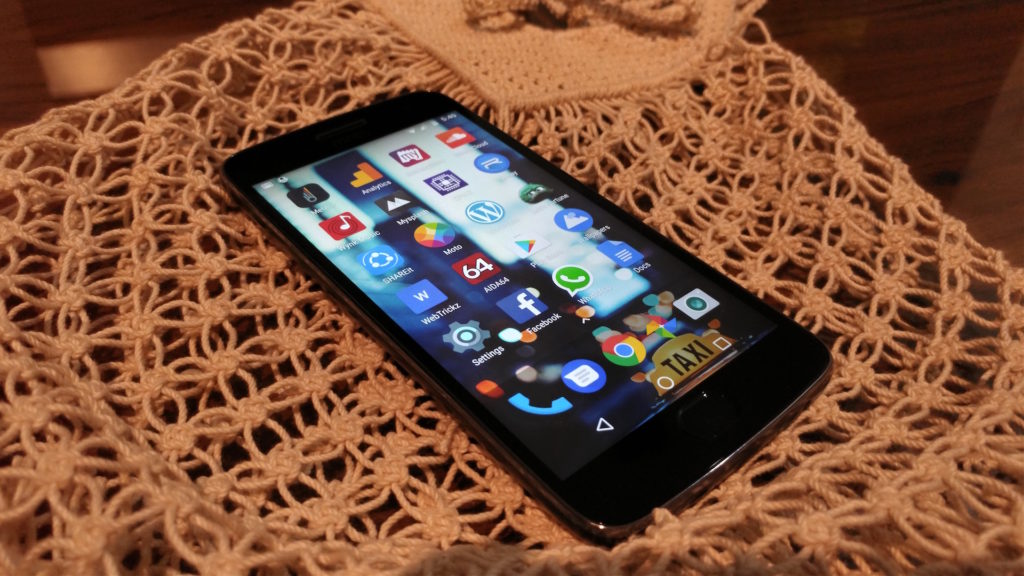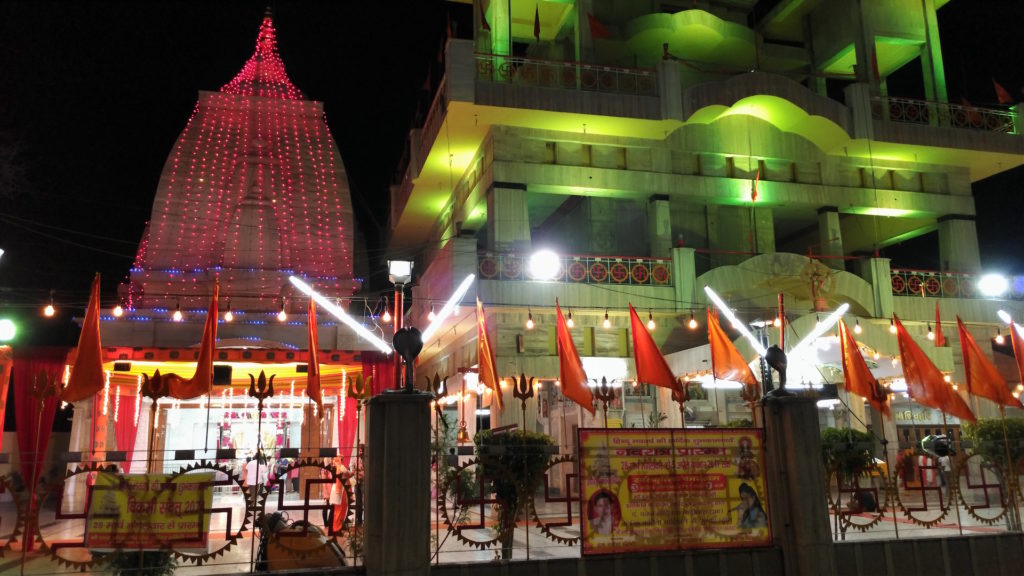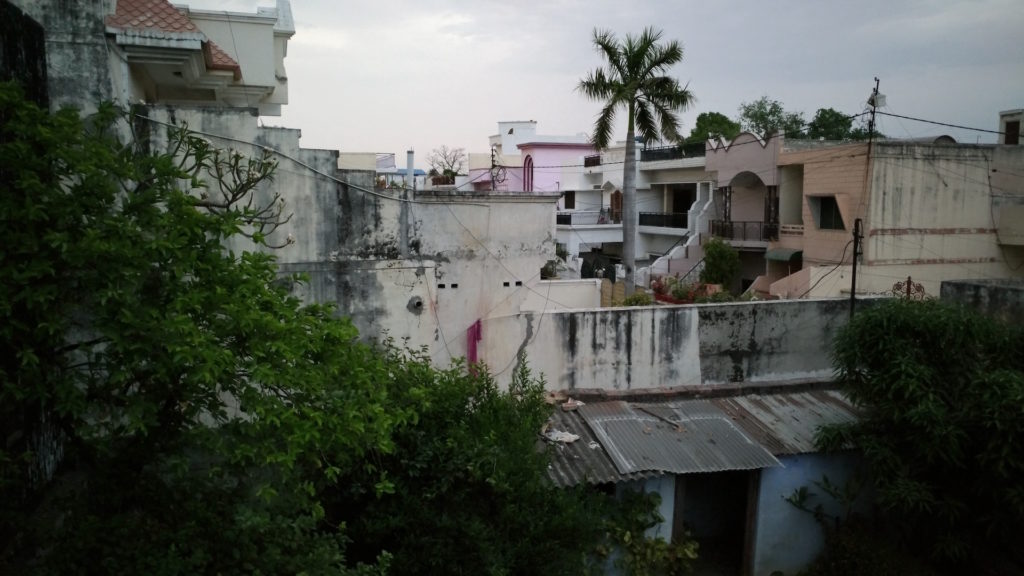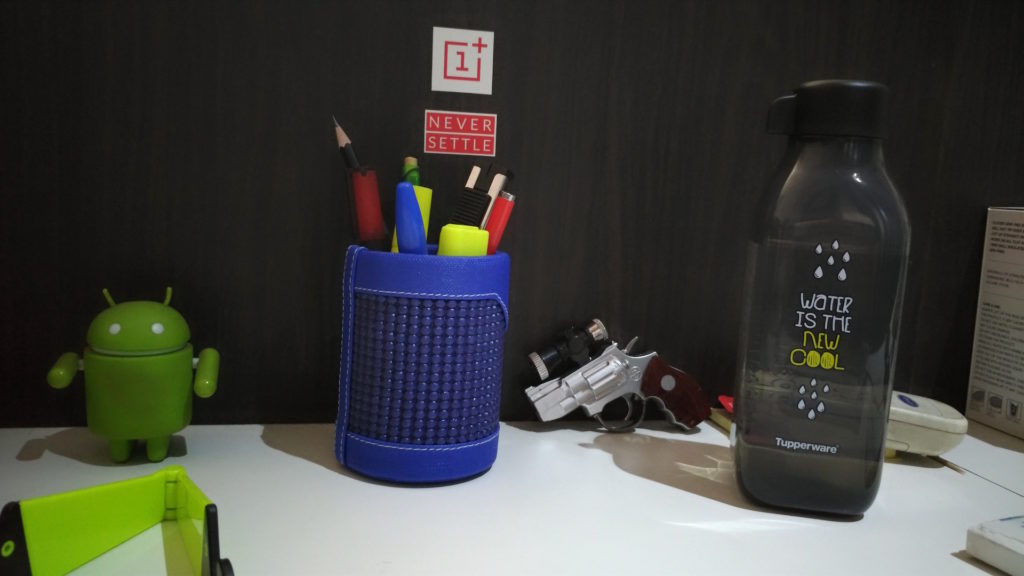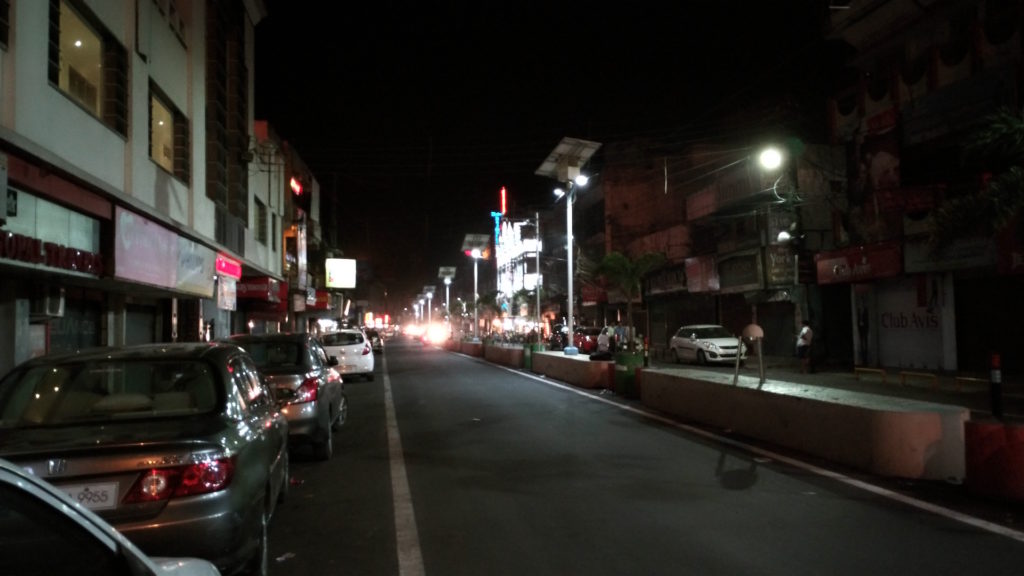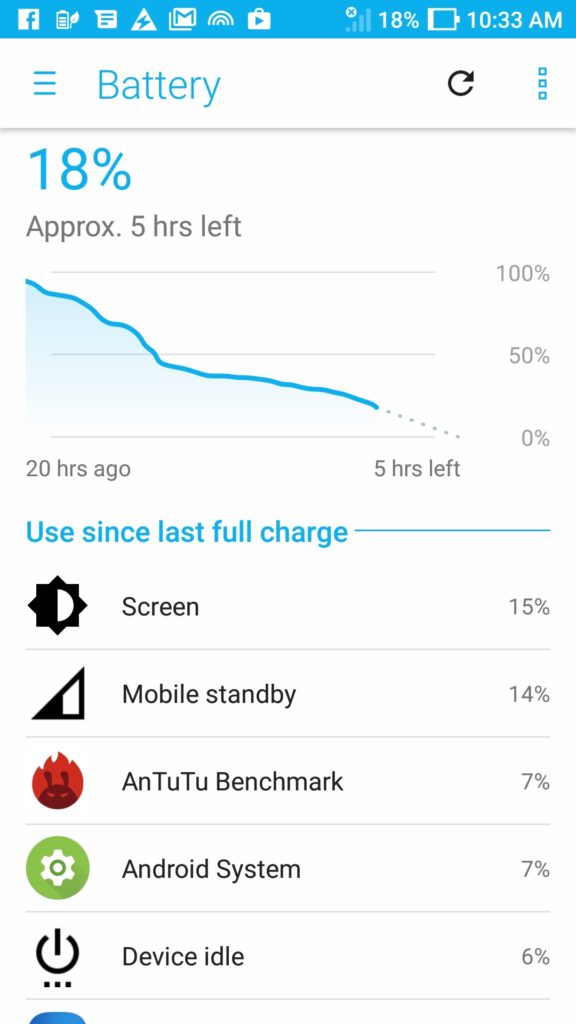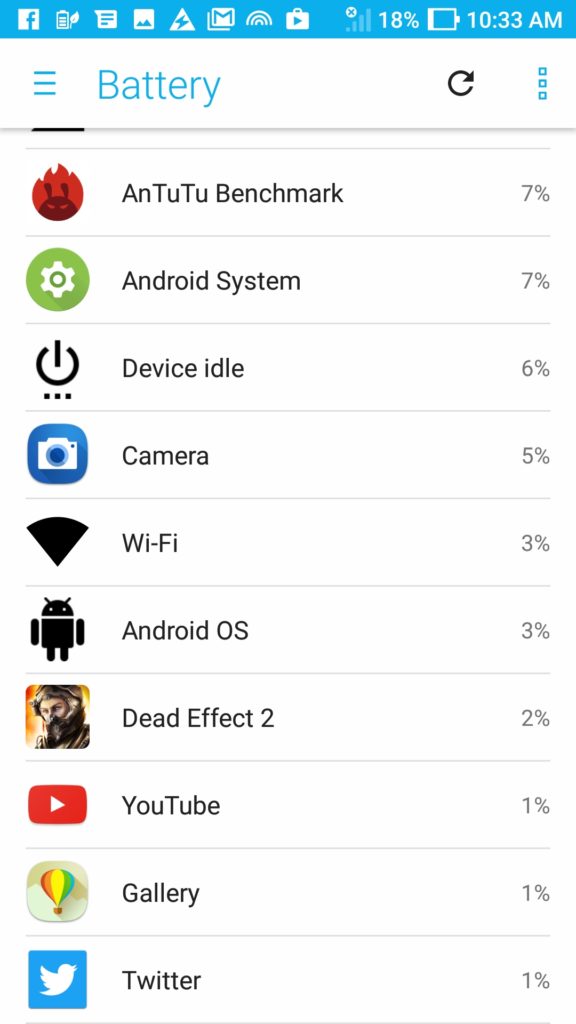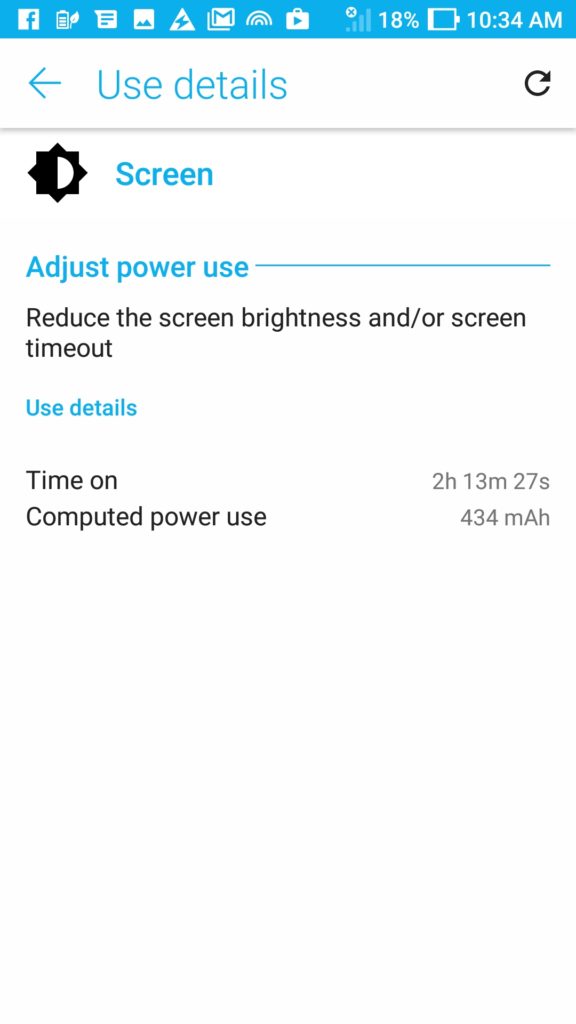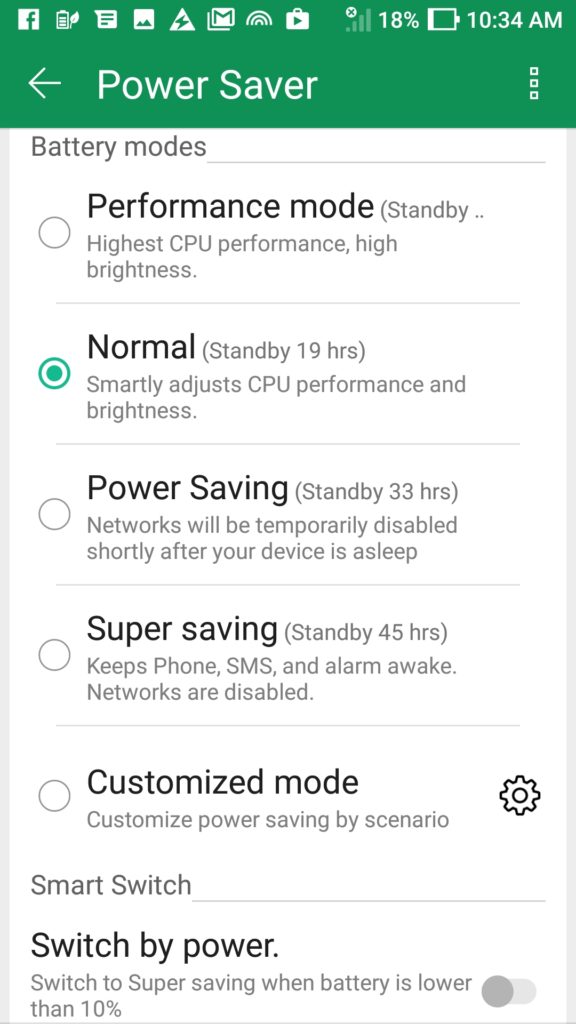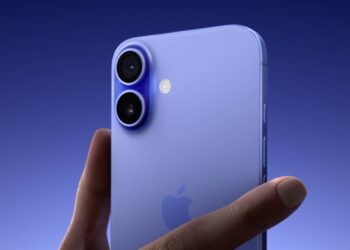Back in May last year, ASUS unveiled the Zenfone 3 family at Computex, which made its way to India after a couple of months. The Asus Zenfone 3 series features the Zenfone 3 as the main variant, the Zenfone 3 Ultra as a high-end phablet, and the Zenfone 3 Deluxe as their top-of-the-line smartphone.
The Zenfone 3 Deluxe is Asus’ 2016 flagship, sporting powerful hardware and a premium design that competes with flagships like the iPhone, Galaxy S7 series, and Google Pixel. The Deluxe edition stands out with an all-metal design, which Asus touts as the world’s first smartphone with an invisible antenna design. It also features a sleek form factor, a Super AMOLED display, and powerful performance backed with 6GB of RAM.
Today, we’ll be reviewing the budget variant of the Deluxe with Snapdragon 820 onboard. Meanwhile, there is another top-end model of the Deluxe featuring a massive 256GB of storage and a Snapdragon 821 processor. Now let’s find out how the device fares against the stiff competition and if it’s a worthy offering or not.
| PROS | CONS |
| Seamless design and Lightweight body | Below-average battery life |
| Bright and vivid display | ZenUI feels bloated |
| Super smooth performance | The fingerprint isn’t very fast |
| Capable cameras | Night shots often come out blurry |
| Feature-rich UI | Overpriced in India |
Build and Design
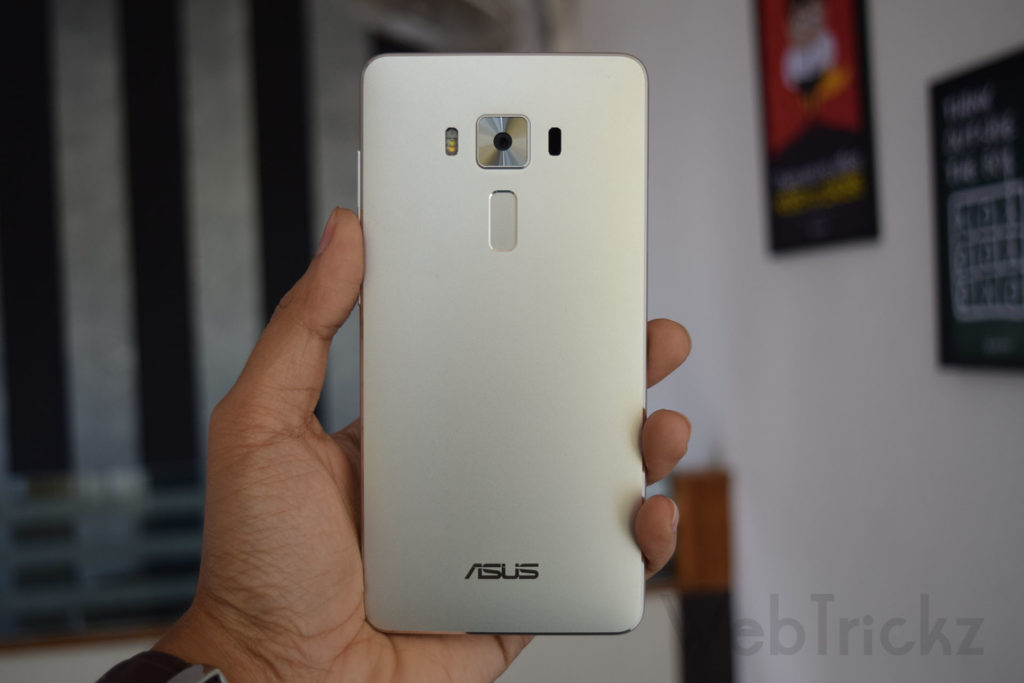
The Zenfone 3 Deluxe has made significant strides in design and overall build quality compared to its predecessor, the Zenfone 2 Deluxe. As a flagship phone, the device features a real full-metal unibody design, unlike the metal and glass construction seen on its mid-range siblings. Despite sporting a 5.7″ display, the phone looks fairly compact and is surprisingly lightweight, thanks to the use of a light aluminum alloy that is sturdy.
The main design highlight is the “invisible antenna design,” which is not commonly found on smartphones. There are no side bezels on the front, while the top and bottom bezels are fused with Asus’ iconic concentric circle pattern. The phone has rounded corners and chamfered edges on the front and back, with the back portion featuring gentle curves that make it comfortable to hold. The smooth matte finish across the sides and back feels premium and doesn’t attract fingerprints or smudges.
The Deluxe is super sleek at the edges, measuring just 4.2mm and 7.5mm at its thickest point. Weighing 170 grams, it feels comfortable to hold even during prolonged usage. The phone comes with backlit capacitive keys, which oddly aren’t center-aligned horizontally, and there is a notification LED on the top.
The power and volume rocker on the right side are made of metal and offer good tactile feedback. Asus has retained the 3.5mm audio jack, which is on the top, and used a Type-C port for charging, which sits at the bottom along with the speaker grille. The left side houses the Hybrid SIM tray and secondary mic.
Moving to the back, there is a square-shaped camera that is slightly protruding but comes with Sapphire glass protection to withstand scratches. Right below the rear camera, you’ll find the rectangular fingerprint scanner followed by a neatly embossed Asus branding at the lower bottom.
Overall, the Zenfone 3 Deluxe boasts a minimalistic but elegant design that doesn’t feel chunky to hold or carry around.
Display
The Zenfone 3 Deluxe sports a 5.7″ Full HD Super AMOLED display with a resolution of 1920 x 1080 at 386ppi. There is Gorilla Glass 4 protection on top. While a Quad HD display would’ve been great considering the premium pricing and bigger screen, the 1080p panel offers an impressive viewing experience.
The display looks bright and crisp with excellent viewing angles. When the ‘Super color’ mode is enabled, the display offers vivid colors, deep blacks, and high color saturation, as expected from a Super AMOLED display. The display is a visual treat while playing games and watching movies. Asus has included a Splendid app to customize the color temperature as desired, allowing manual adjustment of the hue and saturation. The touch feels quick and responsive.
Software
The Zenfone 3 Deluxe runs on Android 6.0.1 Marshmallow with Asus’ custom ZenUI 3.0 on top. After receiving the review unit, we immediately got the OTA update for Android 7.0 Nougat with the December security patch. ZenUI offers a lot of features and customization options but packs much bloatware like duplicate and pre-loaded apps. The heavily skinned UI on Asus phones might be liked or hated by users, depending on their usage.
With Nougat on board, the Deluxe gets bundled notifications, split-screen mode, quick app switching via multitasking key, adjust display size, and a new settings app. While comparing the Deluxe edition with Zenfone 3, we noticed an additional OptiFlex option in settings that lets you speed up the launch performance of selected apps. There is also an Always-on Panel that displays a clock in standby mode, similar to Moto Display, but we didn’t like its UI. Despite running the latest Android version, there are still a few outdated UI elements like the Widgets section in the app drawer and those spherical Quick Settings toggles.
Similar to other UIs, there are pre-installed apps like Amazon Kindle, Facebook, Instagram, Messenger, Puffin, and Trip Advisor. Besides having a feature-packed Theme store, the ZenUI offers a host of software features such as the ability to lock apps, single-hand mode, change icon packs, Kids mode, and more. ZenMotion includes gestures like double-tap or swipe up to wake, draw gestures to launch apps, and flip the device to mute.
Overall, the UI elements look good, but the excessive bloatware feels unnecessary at times and could disappoint users who prefer a Stock Android experience.
Performance
The Zenfone 3 Deluxe is powered by a Quad-core Snapdragon 820 processor clocked at 2.15GHz with Adreno 530 GPU. This is coupled with a whopping 6GB of RAM and 64GB of storage that is expandable up to 128GB via a microSD card. The powerful package delivers solid and butter-smooth performance, both in heavy multitasking and intense gaming. There was no instance when the device struggled or lagged during everyday tasks like switching between apps, web browsing, accessing social media apps, and more. The Deluxe delivers a very fluid experience despite packing a heavily skinned ZenUI and even with numerous apps opened in the background, including some games.
In terms of gaming, the device performs well without any issues. There were no frame drops or occasional stutters while playing graphic-intensive titles like Nova 3, Dead Effect 2, and Asphalt 8. There are no severe heating issues either. In synthetic benchmark tests, the device scored 151377 points in AnTuTu and scored 1653 and 3854 points in Geekbench’s 4 single-core and multi-core tests, respectively.
Connectivity options include 4G LTE with support for Reliance Jio VoLTE, Wi-Fi 802.11a/b/g/n/ac with 2×2 MIMO support, Bluetooth 4.2, GPS, USB OTG, and FM Radio. It should be noted that you can’t use dual SIMs and a microSD card simultaneously due to the presence of a Hybrid SIM card tray. The phone is rich in sensors but lacks an Infrared sensor.
The recessed fingerprint sensor at the back is fairly easy to reach and accurate. However, it’s not the fastest sensor, as there is often a delay of a few seconds while unlocking the phone. Additionally, there is no haptic feedback when you tap on the scanner. The fingerprint sensor can be used to answer incoming calls, launch the camera app, and capture photos, but there is no option to lock and unlock specific apps using the sensor.
Camera
The Zenfone 3 Deluxe comes with a 23MP primary camera with f/2.0 aperture, 4-axis optical image stabilization (OIS), laser and phase detection autofocus system. It also packs a Dual-LED real tone flash and RGB sensor for color correction. The front shooter is an 8MP one with the same aperture and wide-angle lens. The ZenUI camera app offers plenty of shooting modes such as HDR Pro, Beautification, Super resolution, Low light, Depth of field, Timelapse, and much more. Additionally, there is a powerful “Manual mode” that shows real-time values for ISO, shutter speed, exposure, and a live histogram too, apart from the regular controls to adjust the values manually.
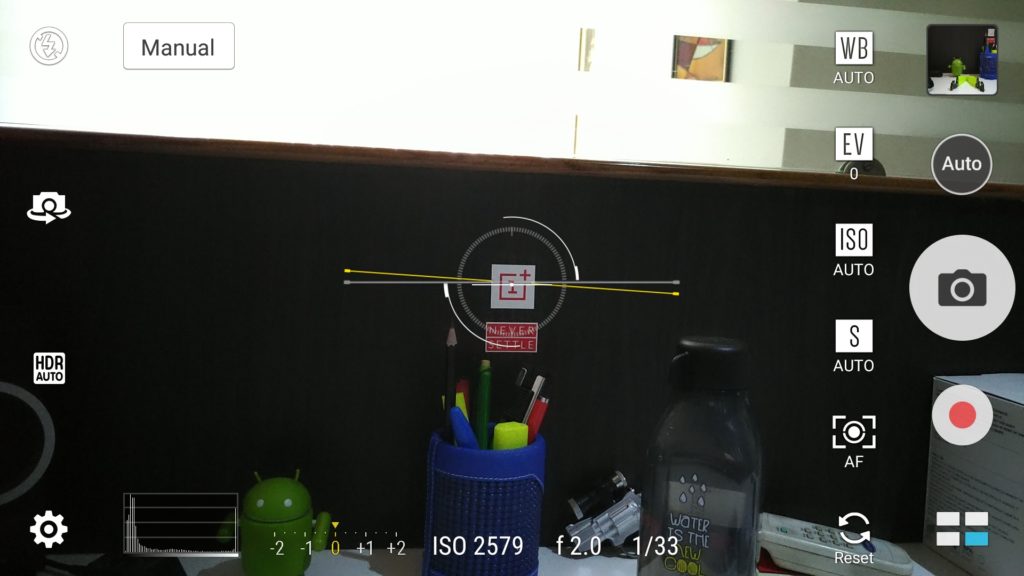
The 23MP shooter captures a lot of details in daylight conditions, making the shots look very good and crisp with good color reproduction. In well-lit indoors, the photos captured looked really good with accurate colors, but the details do take a hit, and some digital noise also creeps in. The Deluxe does a good job even in low-light conditions, as the images came out bright and clear with a decent amount of details but exhibited moderate to high noise, depending on the lighting. However, the shutter can be pretty slow in darker areas, often resulting in blurry night shots despite the inclusion of OIS.
The 8MP front camera does a great job in almost all lighting conditions, including indoors. The selfies captured in different scenarios (with beauty mode disabled) turned out very good with ample details and the right colors. Nothing to complain about. It also packs most of the main camera modes like Beautification, HDR Pro, Night mode, Slow motion, and Time lapse.
The overall camera performance is impressive, but it’s not on the same level as the Galaxy S7 Edge and iPhone 7.
Zenfone 3 Deluxe Camera Samples
Tip: View the above camera samples in their full size on Google Drive
Sound
The Zenfone 3 Deluxe offers a rich multimedia experience with its vivid display and good audio quality. The handset is equipped with a single 5-magnet speaker with NXP smart amp technology and supports high-resolution audio through the 3.5mm audio jack. The speaker is loud enough, and the overall sound quality is good, except for a little distortion at high volume.
The bundled “ZenEar S” earphones with an aerospace metal casing and support for Hi-res audio sound pretty good and are comfortable too. There is an AudioWizard app in sound settings that lets you fine-tune the equalizer and manually set up sound profiles for movies, music, gaming, and vocals.
Battery
The Zenfone 3 Deluxe comes with a 3000mAh battery but it failed to meet our expectations. Despite packing a Full HD display, the phone delivers a below-average battery life, which is pretty disappointing. The battery level drops quickly, especially during heavy gaming. Under light usage, the device can last through the day, whereas under normal to slightly heavy usage patterns, the battery drains faster than expected, offering a screen-on time of just 2-3 hours.
For some reason, there is a rapid battery drain when the device is idle and during overnight, when it lost 8 percent of charge and powered down. As compared to our Zenfone 3 (ZE552KL) which offers superb battery life, the battery on Deluxe is nowhere close.
Fortunately, the Deluxe supports QuickCharge 3.0, which charges it really fast, and the supplied 18W charger can fully charge the device in around 80 minutes. We recommend sticking to ‘Normal mode’ to get a better backup. Additionally, Asus has included some smart battery-saving modes like Power saving and Super saving that one can use to increase the battery life.
Conclusion
The Asus Zenfone 3 Deluxe variant we’ve reviewed is priced in India at Rs. 49,999, whereas the special edition is priced at Rs. 62,999. The Zenfone 3 Deluxe comes off as a pricey phone, especially in India when compared with its US pricing, where the unlocked Snapdragon 820 variant retails for $500. This converts to around 33K, which is a reasonable price tag, but somehow Asus chose to price it very high here in India.
Although the Deluxe edition impressed us with its all-aluminum build, gorgeous display, powerful performance, and good cameras, there are a few shortcomings too, the main being the weak battery life. In a similar or lower price range, there are some good contenders like Samsung Galaxy S7 Edge, OnePlus 3T, Moto Z, Google Pixel, and iPhone 7. While the Pixel and iPhone have an edge in terms of camera, the OnePlus 3T and Moto Z are more affordable choices that offer the best value for money. It’s tough to recommend the Zenfone 3 Deluxe at this price tag, but one can consider checking Asus’ own Zenfone 3 base variant that we’ve reviewed earlier, which is a good option in the sub-30k price segment


